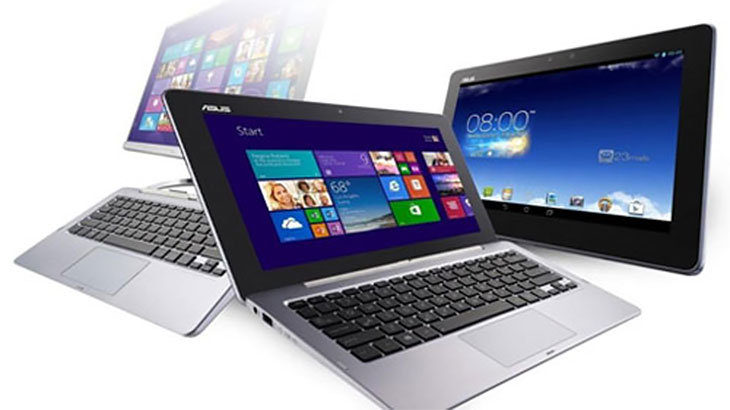With all of the Black Friday, Small Business Saturday and Cyber Monday sales, maybe you’ve found yourself intrigued with the idea of buying a new PC. Before doing so, be sure to keep the following tips in mind:
- First and foremost, set a budget. PCs can range from a few hundred to a few thousand. Know what you’d like to spend, and stick within that budget.
- Know what you’re looking for! Do you want a desktop, laptop, or convertible PC? It can be overwhelming trying to find a new PC if you are open to all of these options. It may be best to narrow it down first.
- What kind of specs do you want? What size of hard drive do you want? How much memory are you searching for? What about the processor? How long is the battery life? It is important to keep these things in mind, as it is going to impact your day to day performance.
- Which operating system are you looking for? Windows 10 is on almost all PCs; however, if you look you can find other options as well.
- Screen options galore! What do you want for resolution? Do you want a larger screen? What about touchscreen capabilities? A higher resolution and/or larger screen will boost productivity, if you plan to have several programs open at once. Touchscreen may be a basic preference, but is certainly something to consider.
- How many ports does it have? This is important, as it could impact how many devices you are capable to plugging in at once.
- Does it have a disk drive? Some PC users may not find a disk driver necessary for day to day use, but it can certainly have its perks for long term use. For instance, if you use it as a form of data backup.
- What’s your keyboard preference? There are several different keyboard options for all types of PCs, whether it is wireless or touch boards. Know what you prefer to use, what you think you’d be comfortable using long-term.
- Read reviews!! So many people tend to buy what looks good, or what is the best deal. Read what other users have said about this product. They’ve tried it, and can give first hand feedback on their experience.
- Think about security. What are your security options for the particular PC you are using? Does it have built in security features? Also, which security programs are compatible with this particular PC and operating system?




